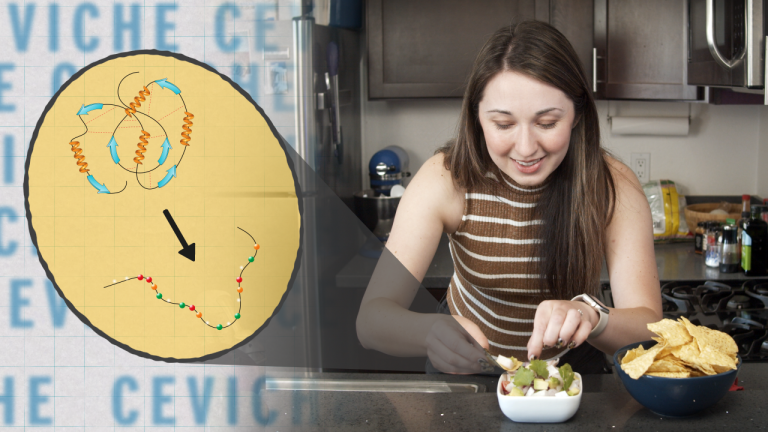Back to Show
Reactions
Why Do Hot Peppers Cause Pain?
Season 2
Episode 55
Reactions is taking a look into spicy science. That's right--the chemistry of capsaicin and why hot peppers cause pain. You have probably had the burning sensation of eating a hot jalapeno or other tear-inducing pepper. What causes this painful fire in your mouth? The short answer is capsaicin. But what exactly is capsaicin? How does it work? Why do people drink milk and not water?
Support Provided By

12:00
George becomes a pyromaniac to figure out if ammonia is the fuel of the future.

13:06
Why Alex is terrified of antibiotic resistance, and what chemists are doing about it

9:01
Are liquid, virtually fireproof, recyclable batteries the future of grid-scale storage?

11:39
Join George as he hunts for an antidote to deadly mushrooms.

12:15
George tests a newly discovered technique that could solve a recycling problem.

11:46
How does lime juice turn raw fish into delicious ceviche? We explain with biochemistry!

10:31
Forever Chemicals last… forever. Can a new technology finally send them to their doom?

8:21
Reducing the carbon footprint of concrete and cement by relying on biology.

9:13
Mosquitos really do prefer some people over others, and this Reactions ep explains why!

13:50
Discover the single most important chemical reaction on Earth, and why we need to kill it.

9:38
This week Reactions dives into something truly out-of-this-world: amorphous ice.

15:51
Are we about to re-define meat? If so, what is meat?!











